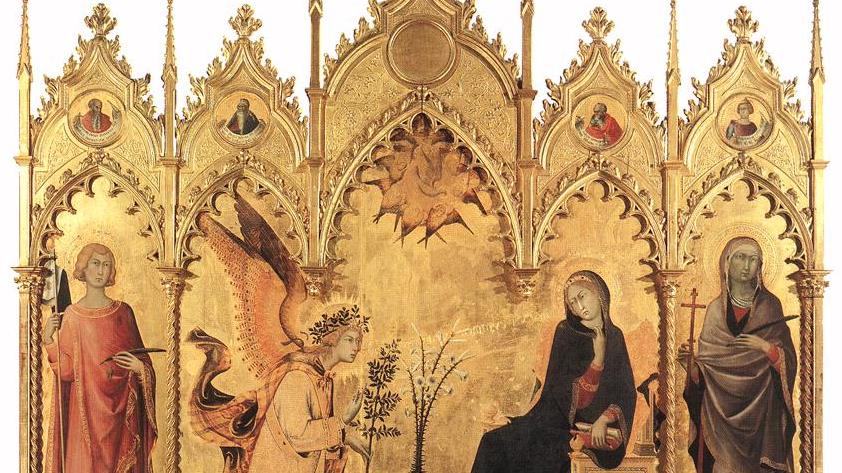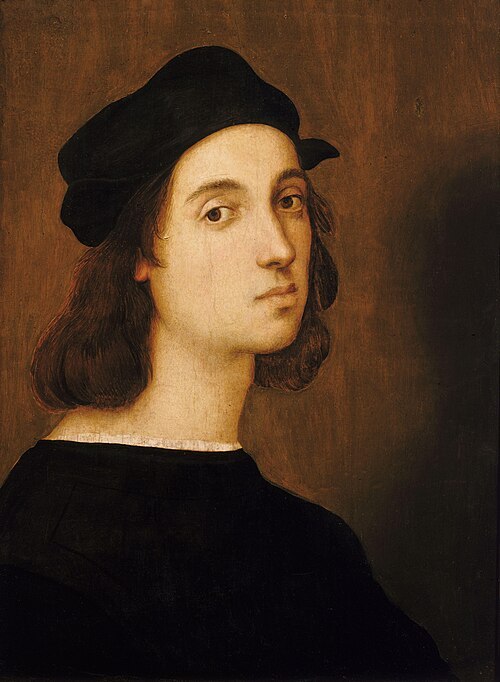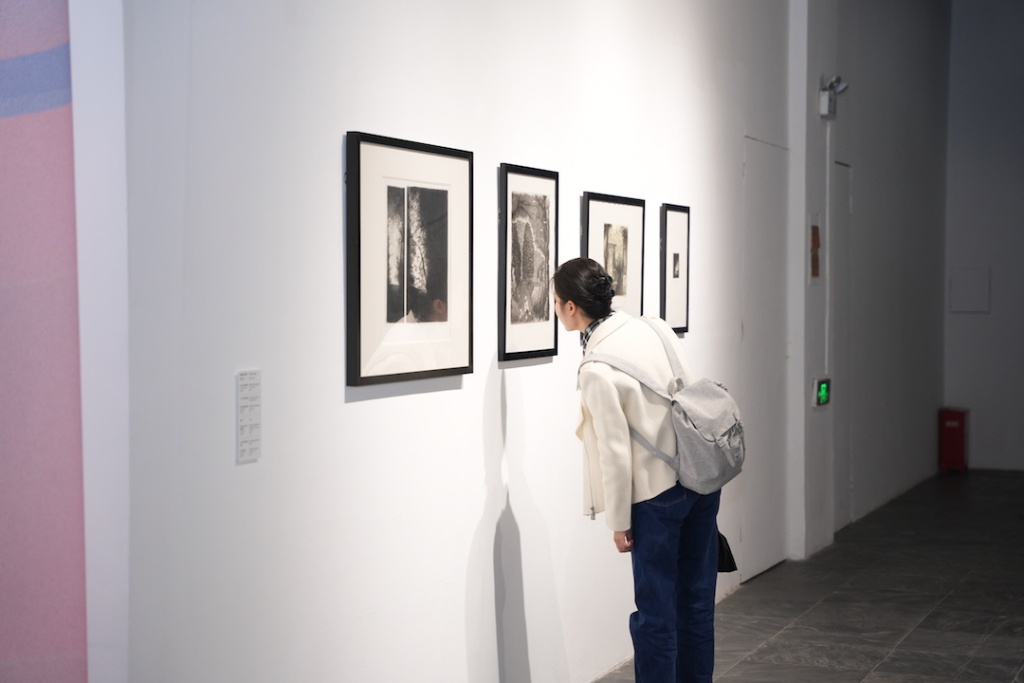

Between the 13th and 16th centuries, Chinese expressive painting and Italian Renaissance realism represented the peaks of Eastern and Western painting. In this context of dialogue and comparison, how is the relationship between the Renaissance and contemporary Chinese scholarship perceived?
According to The Paper, on the evening of September 24, 2023, the annual event themed “Art and Culture of the Renaissance” titled “Dialogues with Eminent Scholars in World Art History” concluded at the Songjiang campus of Shanghai International Studies University. Over the past year, more than ten scholars with outstanding research achievements in this field engaged in a series of academic activities in China, including public lectures, roundtable discussions, workshops, book launches, and cultural exchanges. Through dialogue, they gained a more equitable understanding of China’s academic development and social conditions. This series of lectures, open to over 430,000 audiences, also brought a wealth of cutting-edge information and conceptual reflections to the Chinese academic community. Throughout this period, The Paper published a series of interviews called “Dialogues on the Renaissance,” featuring in-depth discussions with renowned foreign art historians.
Professor Zhu Qingsheng, a member of the German Archaeological Institute and director of the Institute for the Study of World Art History at Shanghai International Studies University, remarked in his closing speech: “Studying the Renaissance not only engages with one of the most important artistic movements in human history and its recent research but is also a vital plan to enhance China’s self-understanding and academic progression.”

The “Dialogues with Eminent Scholars in World Art History” themed “Art and Culture of the Renaissance” concluded successfully.
In September 2023, at the opening ceremony of the “Cultural and Artistic Renaissance” annual program by the Institute for World Art History at Shanghai International Studies University, Professor Fu Wuwei of the University of Hamburg and Dean of the School of Humanities and Arts at the China Academy of Art emphasized the significance of international collaboration, which has positioned China as part of a "republic of scholarship," allowing us to discuss shared concerns at the same table. At the site of the former Reissdorf College at Shanghai's North Bund, Frank Fehrenbach, a leading authority on Leonardo da Vinci studies and Humboldt Professor at the University of Hamburg, delivered a talk titled “The Eye of Vitality in Early Modern European Art.” He approached the topic with the concept of “quasi vivo” (quasi alive), exploring the importance of the eye in early modern European portraiture, particularly emphasizing capturing “the spark of light” to convey the liveliness of the portrait. His discussion revealed the complex interactions between light, perception, and the depiction of inner life, highlighting the eye as the “window to the soul.”

Professor Frank Fehrenbach (tenured professor at Harvard University, Alexander von Humboldt professor at the University of Hamburg) delivered a lecture titled “The Eye of Vitality in Early Modern European Art” in Shanghai.
At the art school of Peking University, Fehrenbach examined Leonardo da Vinci's extensive painting practice, underscoring its importance in Renaissance art and theory. He noted that da Vinci's innovative painting methods transcended mere replication, beginning to experiment and explore motion, emotion, and brushstroke forms. Fehrenbach also discussed da Vinci's techniques for depicting movement and chaos, and how the tension between stillness and disorder shapes our understanding of visual art and imagination.

Leonardo da Vinci, "A Deluge", circa 1517-1518
Fehrenbach, along with Jasmin Mersmann, a professor of early modern art history at Free University of Berlin, co-chaired and guided a workshop titled “Connecting Forces: The Art of Energies.” Participants responded to the theme of “the shaping of force” from perspectives including Chinese archaeology, printmaking, artifacts, political imagery, and cave sculptures.

Fehrenbach and Jasmin Mersmann co-hosted and guided the workshop “Connecting Forces: The Art of Energies.”

Professor Jasmin Mersmann, an art history professor at the University of Arts in Linz, Austria.
In November of the same year, Professor Caroline Van Eck from the University of Cambridge continued Professor Fehrenbach's exploration of the “quasi vivo” concept in Renaissance art. She drew on anthropologist Alfred Gell's Agency theory to examine the attributes of life and emotion in art within the classical and humanistic framework. Discussing historical examples, such as the destruction of royal statues during the French Revolution and the emotional connections between viewers and artworks, she also investigated concepts like “enargeia,” emphasizing how vivid representations in art evoke genuine emotion and experience, and how art can stimulate empathy, memory, and a sense of existence, allowing viewers to perceive images as living entities.

Caroline Van Eck from the University of Cambridge live-streamed her lecture.
In January 2024, Johannes Grave, art history professor at the University of Jena, discussed a central issue in Renaissance painting—namely the Venetian painting around 1500. He focused on artists such as Giovanni Bellini, Giorgione, and Titian. Grave cited Salvadore Settis in emphasizing the transition from traditional Florentine standards to a unique Venetian language of painting that highlights contemplative depth rather than explicit narration. Giorgione exemplifies this approach, inviting multidimensional interpretations of his mysterious imagery and complex compositions, hinting that these paintings enhance dynamic interactions with viewers and encourage a reflective process rather than straightforward meaning-making.

Johannes Grave from the University of Jena live-streamed his lecture.
In February 2024, Ulrich Pfisterer, director of the Central Institute for Art History in Munich, explored Raphael's evolving reputation at Shanghai International Studies University. From the 16th century to the present, Pfisterer highlighted Raphael's transition from a revered master to a less favored figure among contemporary art historians. He argued that understanding beyond the mythology surrounding Raphael can be achieved through the analysis of specific works.

Ulrich Pfisterer, director of the Central Institute for Art History in Munich, hosted a book discussion at Shanghai International Studies University.
During his lecture, Pfisterer focused on two altar paintings attributed to Raphael's disciple Giulio Romano, examining themes of antiquity, friendship, and art theory. He noted that Raphael's creative method synthesized nature, imagination, and classical ideals, ultimately positioning his work as a bridge between ancient and modern artistic expressions. At Peking University, Pfisterer initiated a discussion about cross-temporal dialogues with Chinese literati. He explored the roles of small sculptures and bronze statuettes in Renaissance studies, emphasizing their dual functions as symbols of virtue and sources of emotional engagement. Addressing the tension between serious scholarship and the playful, erotic, and emotional elements within these spaces, he argued that these sculptures are more than mere decorations; they serve as significant tools for stimulating reflection and alleviating the melancholy of humanists. This struck a chord with scholars of Chinese art, with Professor Sun Jing from Tsinghua University responding from the perspective of Chinese literati. In addition to lectures, Pfisterer also conducted a seminar on Jan van Kessel's imagery of the four continents at the China Academy of Art, which garnered a wide response.

The panel outside the Virgin Mary from the Louvre (painted by Raphael's student Giulio Romano around 1517 or 1518, commissioned for his friend, Cardinal Bibiena). Image used in Ulrich Pfisterer's lecture.
In early April 2024, Marzia Faietti, current president of the International Society of Art History, visited Shanghai to discuss the relationships between nature, science, and art during the Renaissance. Her lecture primarily analyzed three works by Leonardo da Vinci, showcasing his new reflections on themes, techniques, and line relationships before his move to Milan in 1482. Her graphic language reflected an experimental painting practice combining traditional methods with a focus on nature and narrative, emphasizing the interconnection between art and science, as well as the dynamic relationship between humanity and the cosmos. After the lecture, Faietti visited the Shenyang Lu Xun Academy of Fine Arts, where she delivered a thematic lecture on her Raphael research to supplement the “World Art History in Museums and Universities” workshop held last December.

Marzia Faietti lecturing in Shanghai International Studies University.

Leonardo da Vinci, "Riverside Landscape", Collection of the Uffizi, Cabinet of Drawings and Prints (Image used by Marzia Faietti for her lecture).
At the end of April, Maryan Ainsworth, senior curator emeritus at The Metropolitan Museum of Art in New York, presented a refreshing perspective on the Northern Renaissance. Her lecture discussed Jan van Eyck, a key figure in early Netherlandish painting, known for his meticulous depictions of nature. Her starting point was two paintings in the collection of the Metropolitan Museum of Art from 1933—"The Crucifixion" and "The Last Judgment." Due to many lingering mysteries regarding the original appearances and functions of these works, as well


